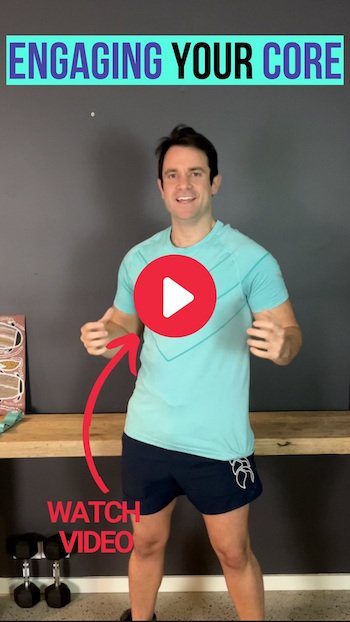How To Engage Your Core - Essential Exercises for Over 60
Building a Solid Foundation: Core Strengthening TipS fOR SENIORS
The core is composed of a complex group of muscles that work together to provide stability, support, and movement for the entire body.
Core Muscles
The Deeper Core Muscles
The primary muscles of the core include the rectus abdominis, obliques (internal and external), transverse abdominis, and erector spinae.
The rectus abdominis, commonly known as the "six-pack" muscles, run vertically along the front of the abdomen and help flex the spine.
The obliques, located on the sides of the abdomen, aid in rotation and lateral flexion of the trunk.
The erector spinae muscles run along the length of the spine and assist in extending the back.
Lastly, the transverse abdominis (TrA) is a deep muscle that wraps around the torso like a corset and plays a crucial role in core stability and spinal support. We will be focusing more so on this muscle today.
As we age, it becomes increasingly important to maintain a strong and stable core, which is essential for overall functional fitness and everyday activities.
A strong core not only improves posture and balance but also supports daily activities and reduces the risk of injuries.
A simple technique to engage the core is to "draw the belly button to the spine."
Drawing the Belly Button to the Spine:
This is a cue frequently used to activate the deep abdominal muscles, particularly the transverse abdominis.
To engage your core using this technique, follow these steps:
a. Begin by sitting or standing tall with good posture. Or alternatively, you can do this lying with your knees bent and your feet flat on the floor
b. Find your neutral spine position - Ensure you are not slouched or your back is not over-arched.
c. Now gently draw your belly button in towards your spine.
d. Breath Naturally - Maintain a steady, controlled breath while keeping your abdominal muscles engaged.
d. Hold this position for a few seconds and release.
e. Repeat the exercise for a certain amount of repetitions, gradually increasing the duration of the hold.
For a video on this technique, click here below (or HERE):
IS THIS THE SAME AS SUCKING IN THE STOMACH?
"Sucking in your stomach" typically refers to the act of pulling in or tightening the abdominal muscles superficially, often for aesthetic purposes or to create a slimmer appearance.
This action primarily engages the external abdominal muscles, such as the rectus abdominis and external obliques, without necessarily activating the deeper core muscles.
On the other hand, "bringing your belly button to your backbone" or "drawing the belly button to the spine" is used to engage the deep core muscles, specifically the transverse abdominis. You’re bringing your muscles in towards your spine.
This technique emphasises activating the muscles that lie deeper within the abdomen, closer to the spine.
It provides greater stability and support to the core, promoting better posture and functional movement.
While both actions involve some level of core engagement, the latter technique of bringing the belly button to the spine focuses on activating the deep core muscles, which offer more substantial benefits for overall core strength and stability.
Other Terms for Core Engagement:
Drawing the belly button to the spine is a popular cue to engage the core.
However, you have most probably heard other terms and techniques to help you to engage the core effectively.
Here are some alternatives:
1. Core Compression:
This involves contracting the muscles around the abdomen, including the rectus abdominis, obliques, and transverse abdominis.
Imagine compressing your midsection inward as if you were wearing a tight corset. This cue emphasizes activating the entire core area.
2. Hollowing the Stomach:
Hollowing the stomach refers to pulling the abdominal muscles inward while maintaining a natural curve in the lower back. Imagine hollowing out your belly, drawing it towards your spine without holding your breath or squeezing too tightly.
3. Bracing:
Bracing involves tensing the abdominal muscles as if you were preparing to take a punch. This technique provides stability and support to the core, similar to how a brace supports a structure.
Core-Strengthening Exercises for Seniors:
Now that you are familiar with various ways engage the core, for core strengthening exercise videos for seniors (including seated videos), click HERE.
Engaging the core is an important exercise to maintain stability, balance, and overall functional fitness and these techniques above can be practiced anywhere!
Whether you prefer the cue "drawing the belly button to the spine" or other terms such as core compression, hollowing the stomach, or bracing, the goal is to activate and strengthen the deep core muscles.
By incorporating core-strengthening exercises into your fitness routine, you can improve your posture, enhance balance, and enjoy an active lifestyle with reduced risk of injury.
Have you heard these cues for strengthening your core? Maybe you have heard others? If so, let me know below!

